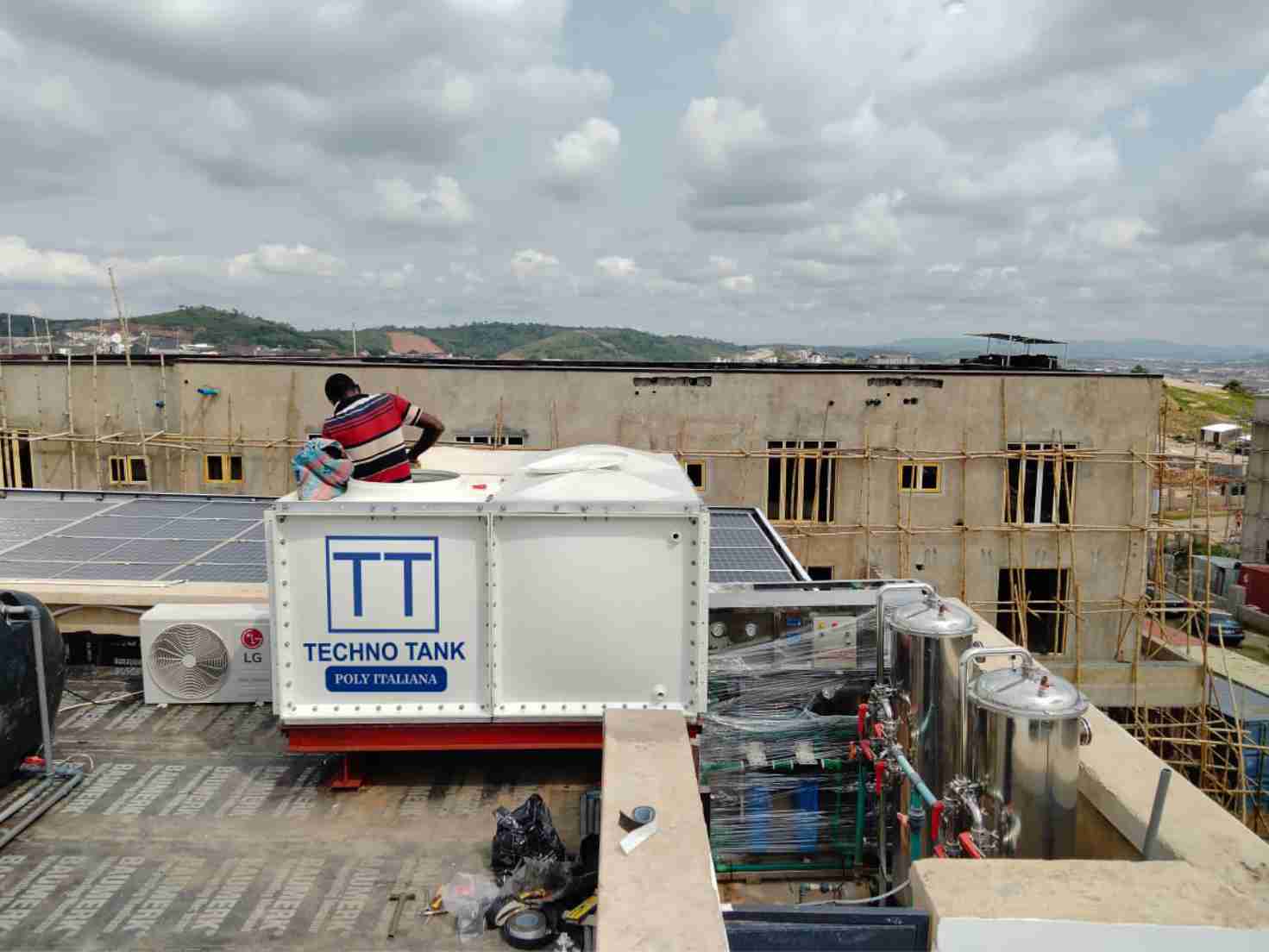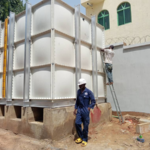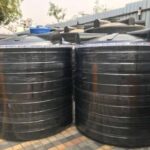In Nigeria, securing a reliable water supply has become a personal responsibility for households, businesses, and even local communities. Although water provision is ideally a government responsibility shared across federal, state, and local levels, chronic gaps in supply have left individuals with the challenge of sourcing and storing water on their own. The widespread solution has been to drill private boreholes or buy water from vendors, making water storage a crucial need for families and businesses alike.
Proper water storage is not just about convenience—it’s a necessity. Beyond ensuring a consistent water supply, effective storage helps maintain water quality and provides a backup in emergencies. But choosing the right storage solution can be tricky, with various options on the market. In this article, we’ll guide you through the benefits of different tank types and show why fiberglass tanks are a leading choice for long-term, quality water storage.
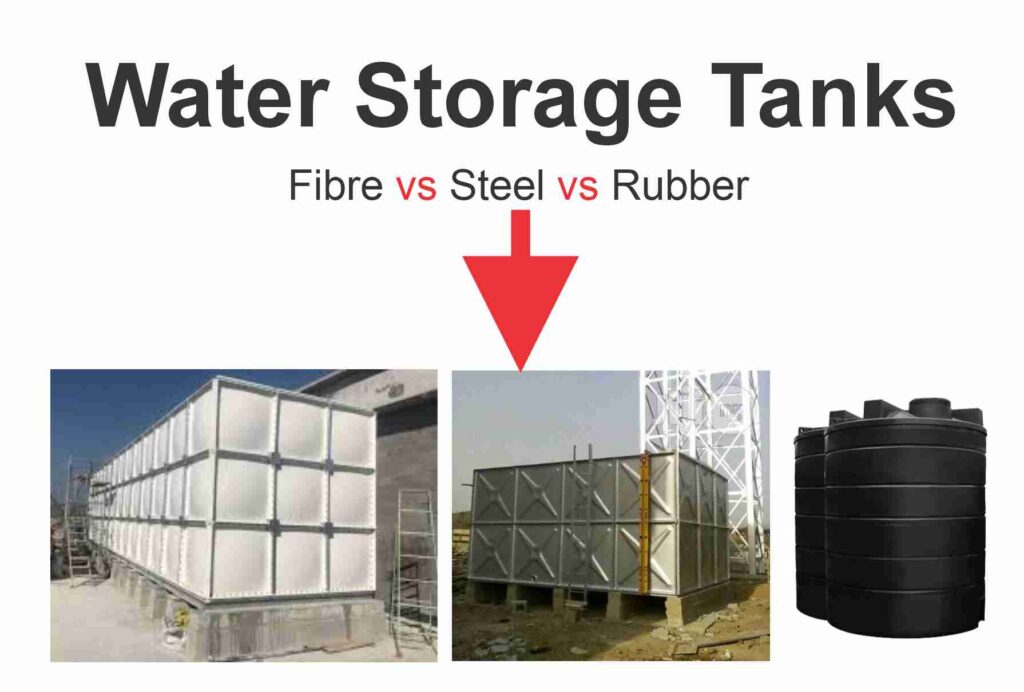
Choosing the Right Water Storage Tank: Fiberglass, Metal, or Rubber?
When selecting a water storage tank, factors such as durability, cost, maintenance needs, and environmental suitability are key. Let’s explore the strengths and weaknesses of popular options: fiberglass, metal, and rubber tanks.
Fiberglass Tanks: The Durable, Low-Maintenance Choice
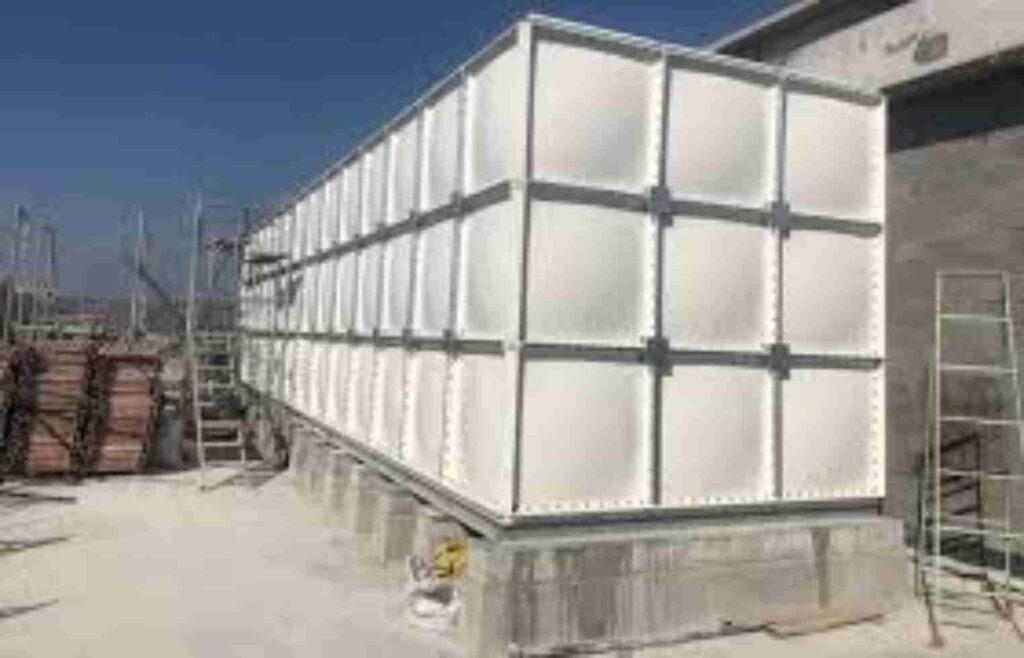
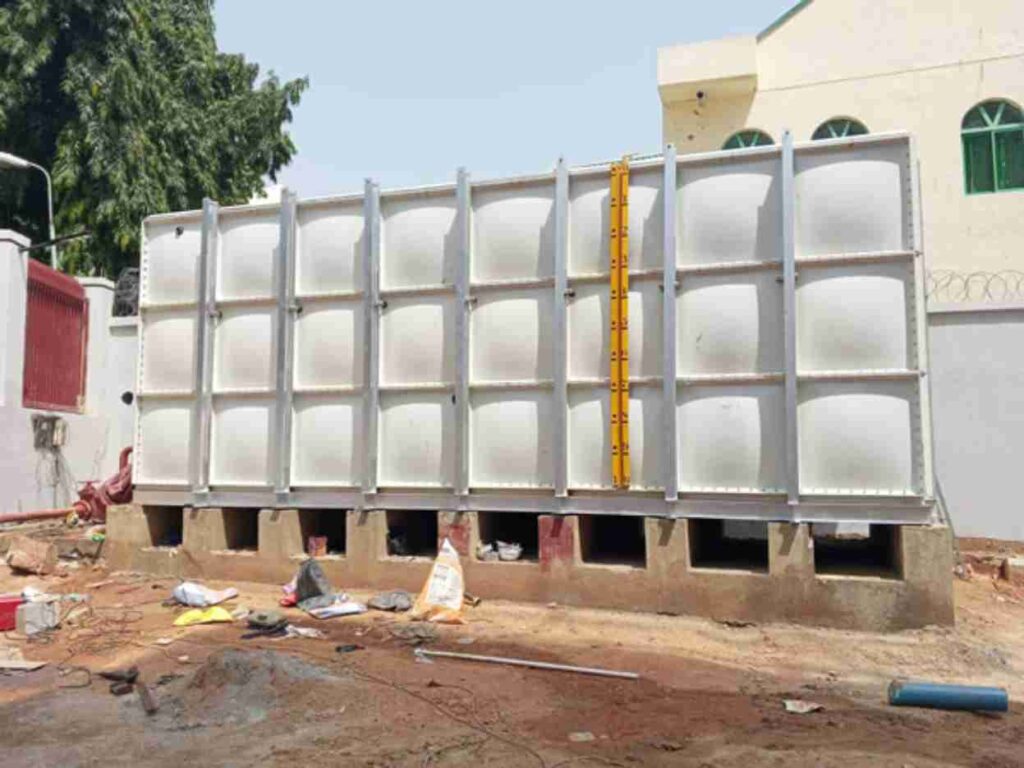
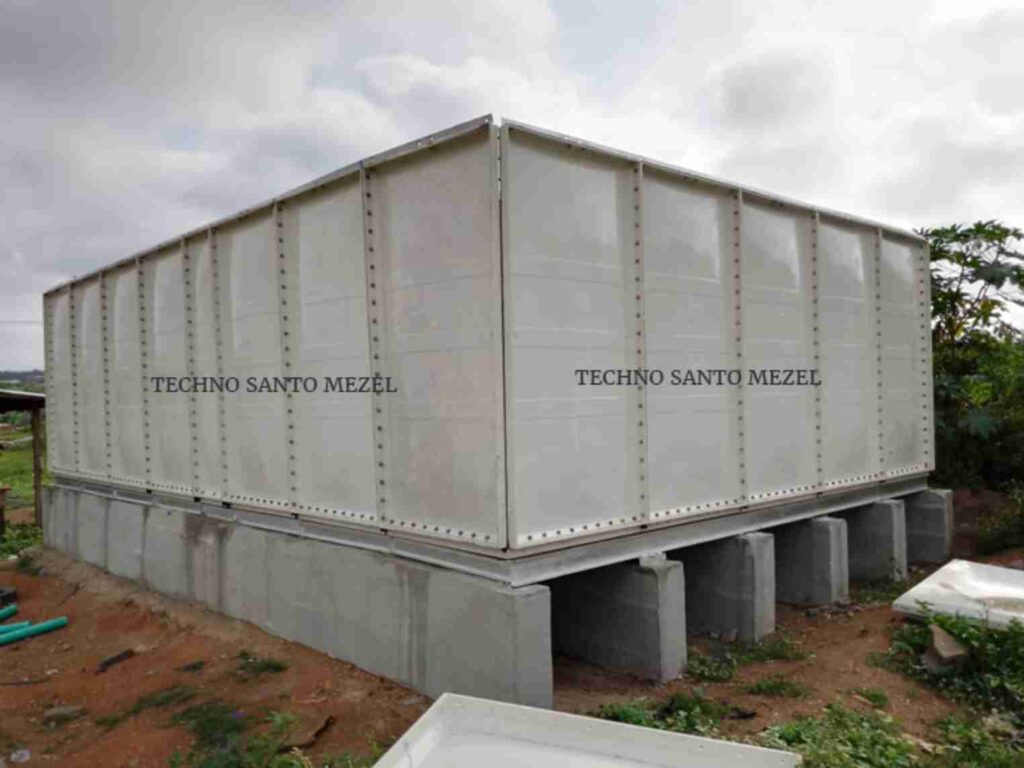
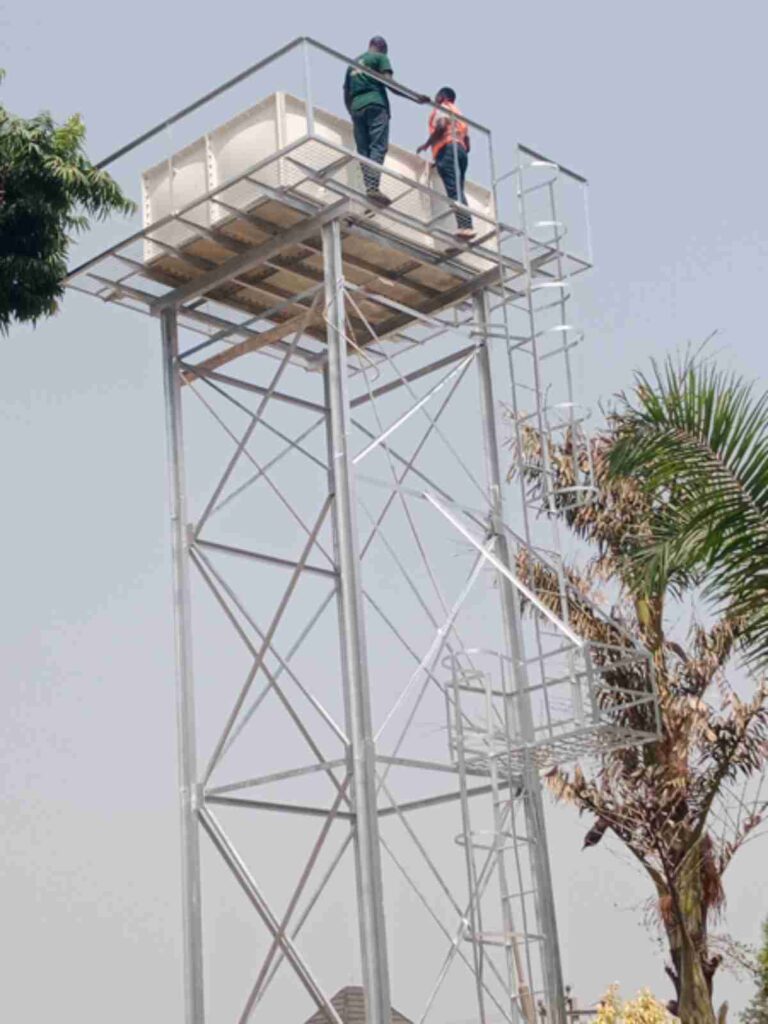
Fiberglass tanks stand out for their exceptional durability and reliability. These tanks are designed to handle the challenges of long-term storage without compromising water quality.
Advantages:
- Superior Durability – Resistant to corrosion and extreme weather, fiberglass tanks can withstand years of use.
- Lightweight and Easy to Install – Unlike heavy metal tanks, fiberglass tanks are easier to handle, which reduces installation time and cost.
- Non-Porous and Algae Resistant – Fiberglass does not absorb water or promote algae growth, keeping your water clean and fresh.
- Chemical Resistance – Fiberglass is resilient against chemicals, ensuring safe storage of uncontaminated water.
Considerations: Fiberglass tanks are a bit more costly upfront, but their durability offsets this over time. Although fiberglass is tough, it can crack if handled improperly during transport or installation.
Metal Tanks: Strong but Susceptible to Corrosion
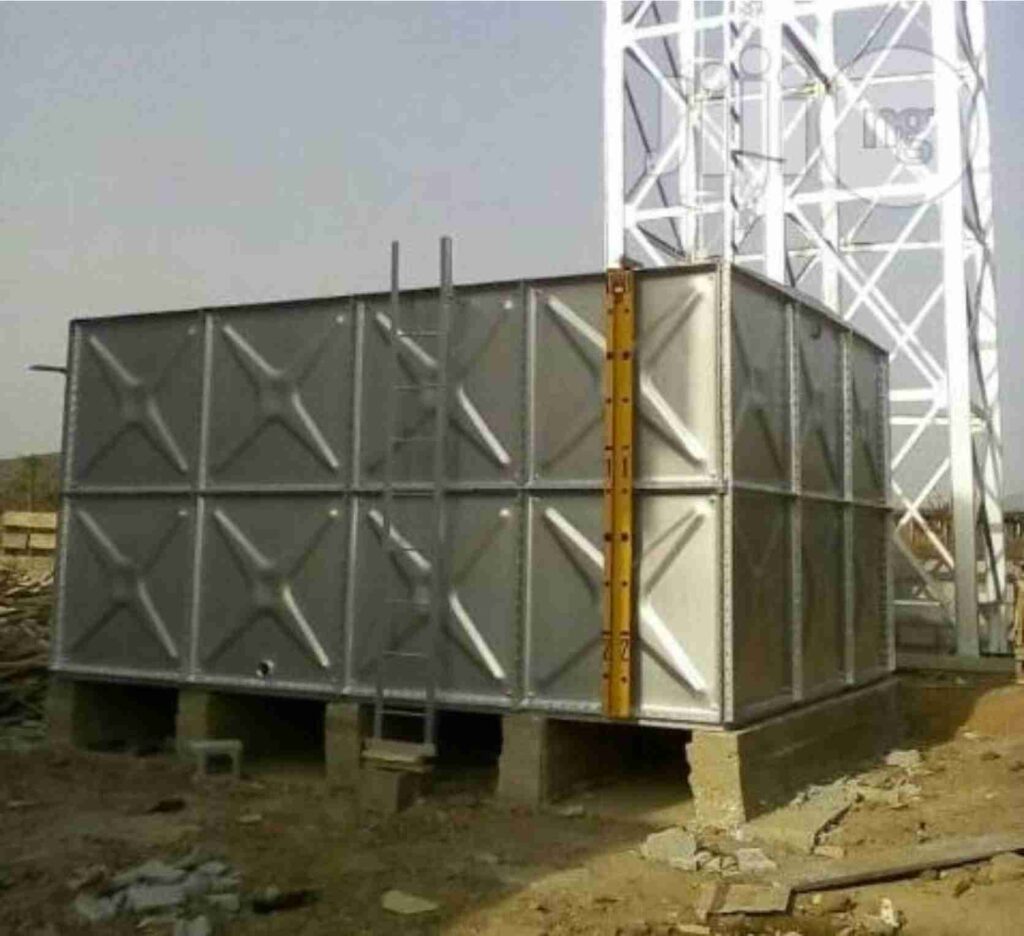
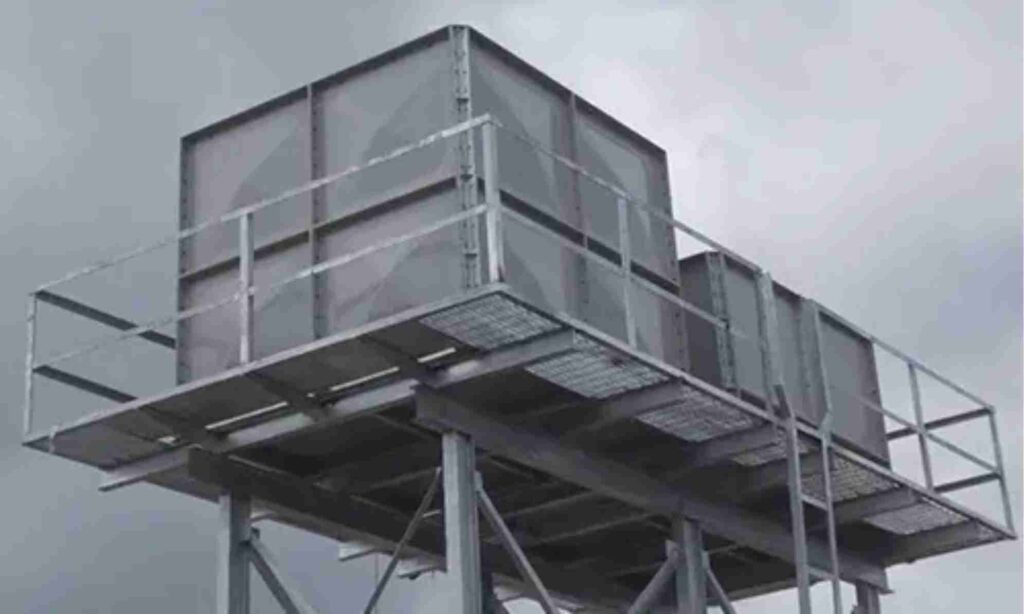

Metal tanks, especially those made from stainless steel, offer strength and longevity but can be prone to rust without regular maintenance.
Advantages:
- Robust and Long-Lasting – Stainless steel tanks are extremely strong and, with proper care, can last decades.
- Environmentally Friendly – Recyclable at the end of their lifespan, metal tanks offer an eco-friendly disposal option.
Disadvantages: Metal tanks are heavy, challenging to install, and often require additional coatings or maintenance to prevent rust and corrosion. For those in areas with high humidity or heavy rain, metal tanks may require costly upkeep.
Rubber Tanks: Affordable but Less Durable
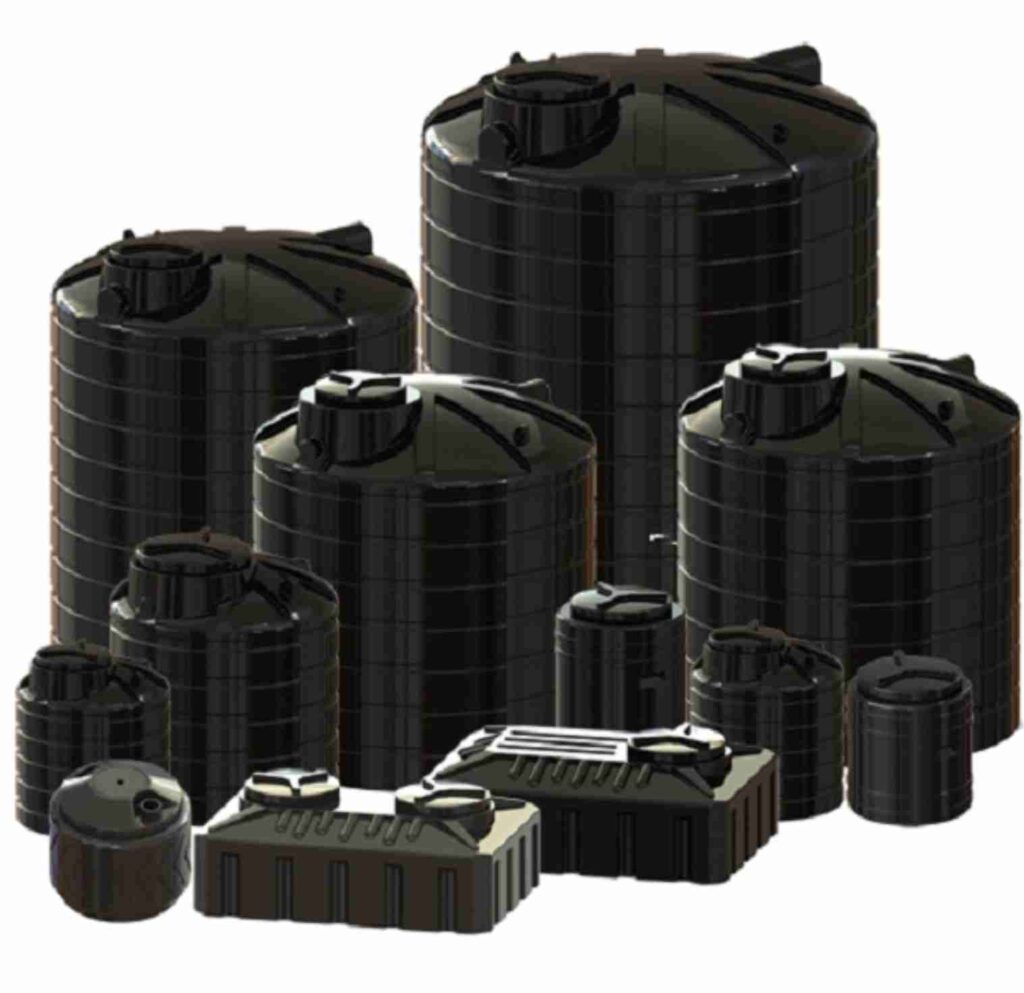
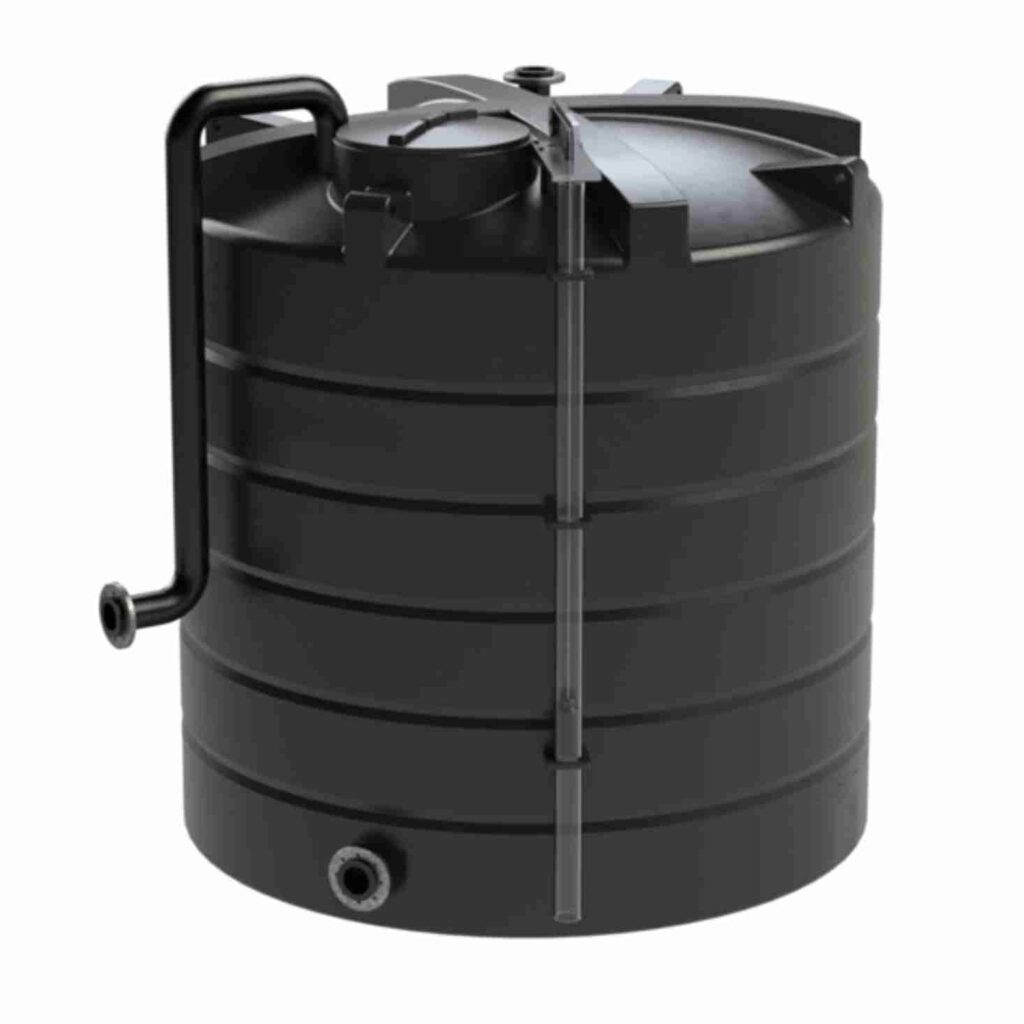
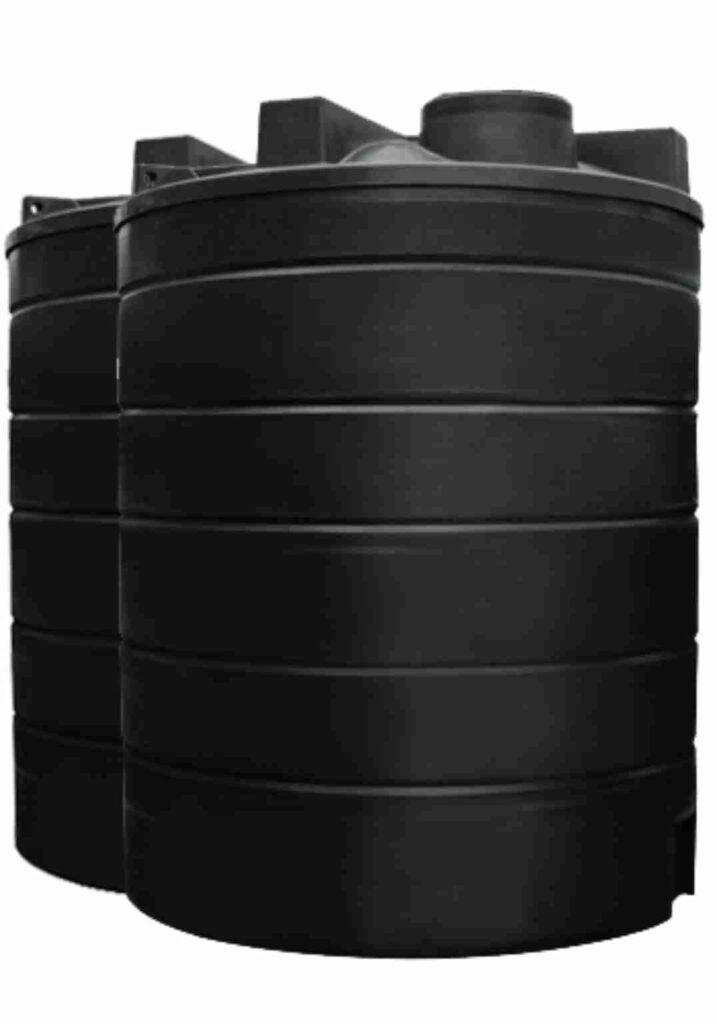
Rubber tanks offer flexibility and ease of transport, making them a budget-friendly option for short-term storage needs.
Advantages:
- Cost-Effective and Flexible – Rubber tanks are generally the most affordable choice and adapt well to various installation sites.
- Impact-Resistant – Rubber can absorb shocks and impacts, reducing the chance of damage.
Disadvantages: Rubber tanks may degrade over time and are sensitive to certain chemicals, which can affect water quality. They typically require more frequent maintenance and may not be suitable for long-term storage.
Why Fiberglass Tanks are the Best Choice for Reliable Water Storage
Fiberglass tanks provide a durable, low-maintenance solution for those who prioritize water quality and want a reliable, long-term investment. By resisting corrosion, algae, and chemicals, they offer a level of reliability and cleanliness that other materials may struggle to match. While fiberglass tanks may involve a higher initial cost, the long-term benefits in reduced maintenance, longevity, and water purity make them the most cost-effective choice over time.
Steps for Safe and Effective Water Storage
Regardless of the tank you choose, here are a few essential steps for maintaining water quality:
- Thoroughly Clean and Sanitize – Clean containers with soap and water, then use a mild bleach solution to sanitize.
- Store in a Cool, Dark Place – To prevent microbial growth, store water containers away from direct sunlight and at moderate temperatures.
- Replace Water Regularly – Refresh stored water every six months to ensure its quality and freshness.
- Prepare for Emergencies – For emergencies, store at least one gallon of water per person per day for a minimum of three days.
Secure Your Water Storage with Fiberglass Tanks
At Techno Santo Mezel, we specialize in high-quality fiberglass tank installations to help you secure a reliable, clean water supply. Our tanks are built to last, resistant to harsh conditions, and require minimal maintenance—offering you peace of mind and dependable service. Don’t let water scarcity catch you unprepared; invest in a solution that ensures safety, cleanliness, and long-term savings.

Contact us today to discuss how a fiberglass water storage tank can fit your home, business, or community needs. Together, let’s build a more water-secure future!

